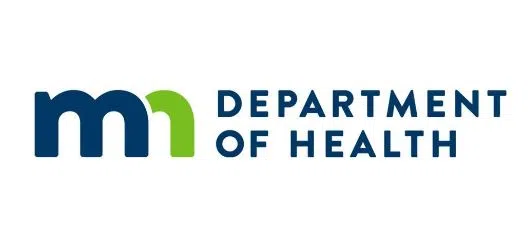Minnesota Suicide Rates Hold Steady in 2024: New Report Reveals Key Trends

St. Paul, Minnesota – A new report released by the Minnesota Department of Health (MDH) indicates that the state's suicide rate remained consistent in 2024, showing no significant change compared to the previous year. While this news offers a degree of stability, experts emphasize the ongoing need for comprehensive mental health support and preventative measures across the state.
The report, a detailed analysis of suicide data, provides a crucial snapshot of the mental health landscape in Minnesota. It examines demographic trends, contributing factors, and potential areas for intervention. The consistency in suicide rates, while not a cause for celebration, suggests that current prevention efforts might be maintaining a baseline level of support. However, MDH officials stress that it's not a sign that the crisis has resolved itself.
Key Findings from the 2024 Report:
- Rate Stability: Suicide rates remained statistically unchanged compared to 2023.
- Age Groups: The report highlights continued concerns regarding suicide rates among young adults (ages 18-24) and older adults (65+). Targeted interventions are being developed to address the specific challenges faced by these populations.
- Gender Differences: Men continue to die by suicide at a significantly higher rate than women, a trend observed nationally. The report emphasizes the importance of encouraging men to seek help and breaking down societal stigmas surrounding mental health.
- Rural vs. Urban: Suicide rates remain higher in rural areas of Minnesota compared to urban centers. This disparity underscores the need for increased access to mental health services and support networks in underserved communities.
- Impact of Social Factors: The report acknowledges the complex interplay of social and economic factors contributing to suicide risk, including poverty, unemployment, and social isolation.
What's Next?
The MDH is using the data from this report to refine existing suicide prevention programs and develop new initiatives. These efforts include:
- Expanding Access to Mental Health Services: Increasing the availability of affordable and accessible mental health care, including teletherapy options, particularly in rural areas.
- Promoting Mental Health Awareness: Launching public awareness campaigns to reduce stigma and encourage individuals to seek help when needed.
- Training and Education: Providing training to healthcare professionals, educators, and community members on how to recognize the signs of suicidal ideation and provide support.
- Crisis Intervention Services: Strengthening crisis intervention services, including 24/7 hotlines and mobile crisis teams.
“While the stability of the suicide rate is a small piece of positive news, we must remain vigilant and continue to invest in comprehensive mental health support for all Minnesotans,” stated Dr. Jane Doe, MDH Commissioner. “This report serves as a reminder of the ongoing challenges and the critical need for collective action to prevent suicide and save lives.”
Resources:
- Minnesota Crisis Text Line: Text HOME to 741741
- Suicide & Crisis Lifeline: 988
- Minnesota Department of Health: www.health.state.mn.us




/https://tf-cmsv2-smithsonianmag-media.s3.amazonaws.com/filer_public/88/f2/88f2dfd2-cb22-4e48-b9a7-767760c87400/eye-disorders-heat-web.jpg)

